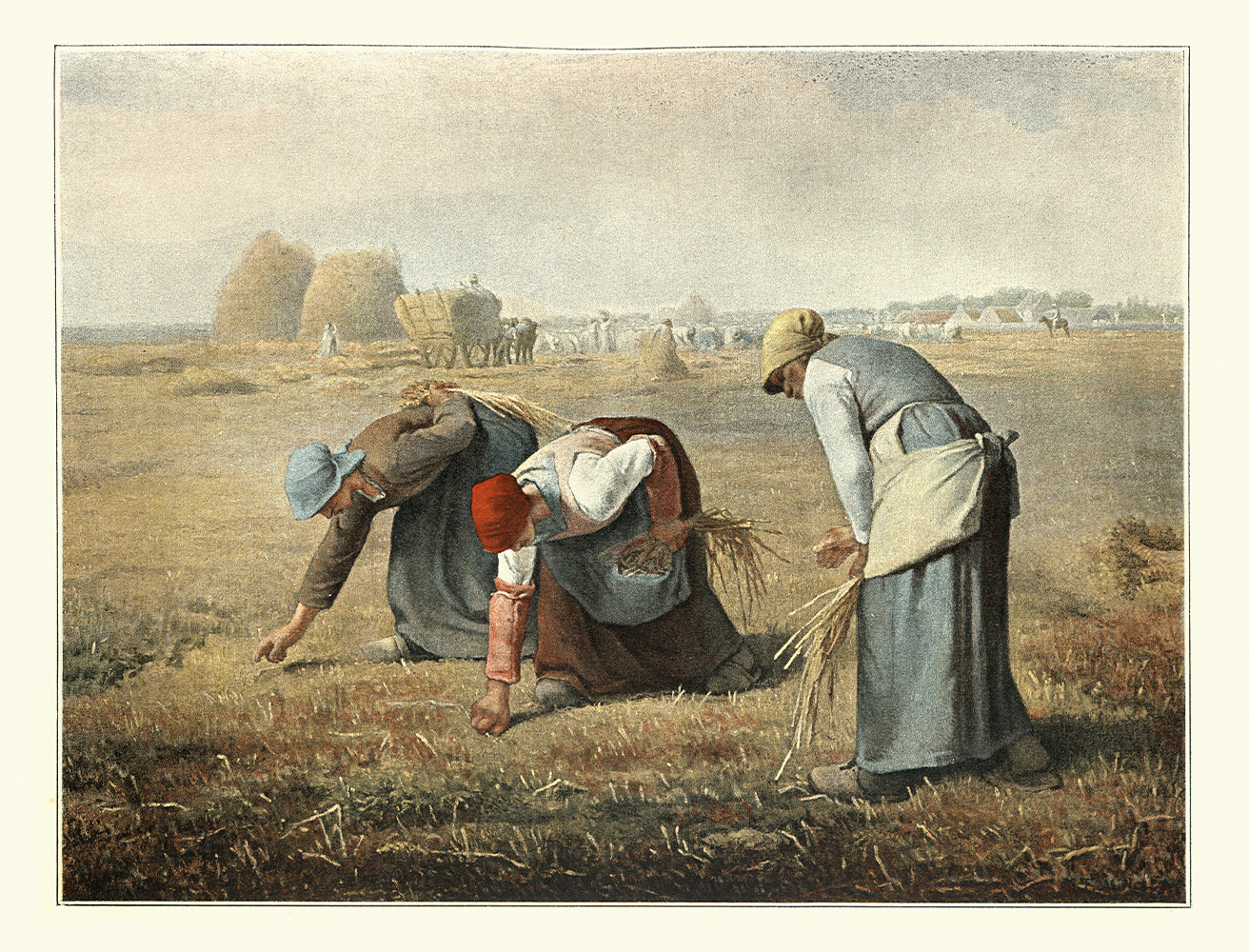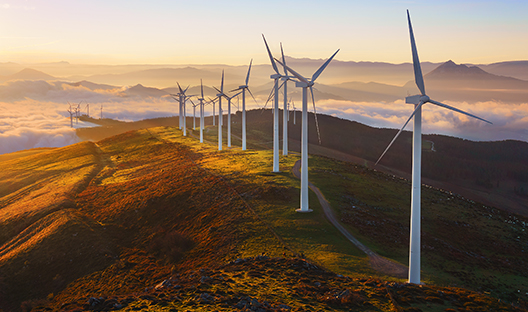Get Focus insights straight to your inbox
In 1700, around 40% of the UK labour force was in agriculture. This involved tilling fields, harvesting crops and other backbreaking work. By 1800, it had dropped to 30% and by 2000 it was at 1.5%. The numbers for the rest of Europe are similar. Rising agricultural productivity, and rising productivity in general, allowed a massive shift out of the fields and into factories and air-conditioned offices. Improving technology and associated economic growth has no doubt improved the lot of the worker.
However, this growth has not been equal across the globe. Today, in many of the least-developed economies agriculture still accounts for over 50% of total employment. Improved working conditions in these countries will require meaningful increases in productivity and economic growth. This is one of the key targets of SDG 8: Promoting sustained and inclusive growth. Full employment and decent work for all – to see economic growth of 7% a year in the least developed economies and improving productivity. Rapid economic growth in China lifted 800 million people out of poverty and saw millions of people shift from fields to factories and offices and the target is to repeat that success across all poor countries.

In 1700, around 40% of the UK labour force was in agriculture. (The Gleaners by Jean-Francois Millet).
Obstacles to growth
At first glance, one of the obstacles to faster growth is limited resources. The globe only has so much copper and can only take so much CO2 in the atmosphere. However, this is where another target comes in – improving resource efficiency.
Sceptical readers may consider this to be an unrealistic goal, but data over the past 20 years are encouraging. Total water use in the US was 322 billion gallons /day in 2015, down 9% relative to 2010 levels despite the economy growing by 22% over the period. Per capita energy consumption in the US peaked in the 1970s and total energy consumption has been roughly flat for 20 years in the US, despite strong economic growth and a rising population. US CO2 emissions peaked in 2006 and CO2 emissions in 2019 were the lowest since 1993.
Other developed markets have seen similar, large reductions in total emissions. Per capita CO2 emissions in developed markets are still well above those of emerging markets but there is increasing reason to believe that faster growth in the least developed economies will not be as resource intensive as the previous trajectory for currently rich countries.
SDG 8 has other targets too – full employment, equal pay for equal work and safe and secure working environments amongst them. All of these tie in with rising growth and productivity sucking people into the labour force, while greater demand for labour creates better working conditions.
Workers across developed markets have seen a massive improvement in working conditions over the past several hundred years. The goal of SDG 8 is to see that the trend continues and for conditions in the least developed countries to start to catch up. While the goal is lofty, the latest data gives reason for optimism. 2030 might be too soon to tick the box completely, but the trends are encouraging.

Responsible Investing and Sustainability at Investec Wealth & Investment
As Sustainability is core to our fundamental investment approach, we have integrated ESG considerations into our investment decision making and broader investment process.




